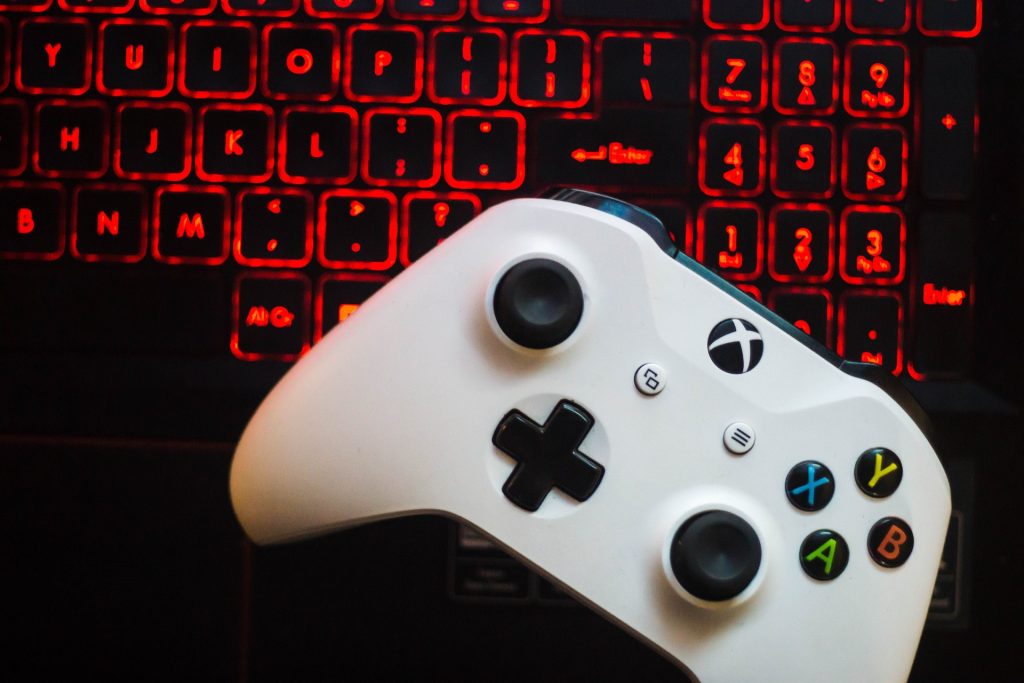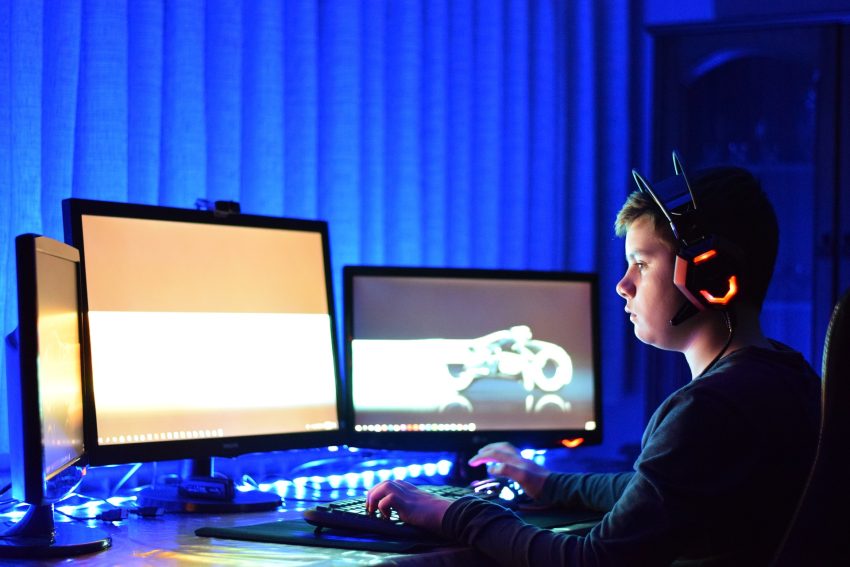A Dedicated gaming server is a computer system that hosts multiplayer games for players to connect and play with each other over the internet. The performance and reliability of a gaming server depend on its configuration, which includes hardware components, software settings, and network infrastructure. In this article, we’ll discuss the best gaming server configurations that can deliver the best gaming experience to players.
Hardware Configuration: A gaming server requires high-performance hardware components to deliver optimal performance. Here are some of the essential hardware components that a gaming server should have:
- Processor (CPU): The CPU is the brain of the gaming server, and it should be powerful enough to handle multiple game instances and player connections. Intel Xeon processors are the most commonly used CPUs for gaming servers, as they offer high clock speeds, multiple cores, and hyper-threading technology.
- Memory (RAM): RAM is the temporary storage space where the gaming server stores game data and player information. The more RAM a gaming server has, the more players it can accommodate simultaneously. 32 GB to 64 GB of RAM is a good starting point for a gaming server.
- Storage (HDD/SSD): A gaming server requires a lot of storage space to store game files, player data, and logs. A high-capacity hard drive or solid-state drive (SSD) can provide fast and reliable storage for the gaming server.
- Network Interface Card (NIC): The NIC is the component that connects the gaming server to the internet. A high-speed NIC can provide faster data transfer rates and reduce latency for players.

Software Configuration: The software configuration of a gaming server includes the operating system, game server software, and other tools that can optimize the server’s performance. Here are some essential software configurations for a gaming server:
- Operating System (OS): A Dedicated gaming server requires a reliable and stable operating system that can handle multiple game instances and player connections. Linux-based operating systems like Ubuntu, Debian, or CentOS are commonly used for gaming servers, as they are lightweight and stable.
- Game Server Software: The game server software is the application that runs on the gaming server and manages game instances, player connections, and game data. The popular game server software includes Steam, Minecraft, and Counter-Strike: Global Offensive.
- Server Management Tools: Server management tools can help administrators manage and monitor the gaming server’s performance. Tools like cPanel, Plesk, or Webmin can provide an easy-to-use web interface for managing the server’s configuration.
Network Configuration: The network configuration of a gaming server is critical for delivering optimal performance and reducing latency for players. Here are some network configurations that can improve the gaming server’s performance:
- Bandwidth: A gaming server requires a high-speed internet connection with sufficient bandwidth to accommodate multiple player connections simultaneously. A minimum bandwidth of 100 Mbps is recommended for gaming servers.
- Network Latency: Network latency is the time it takes for data to travel between the gaming server and the player’s computer. Lower latency means faster game response times, so it’s essential to reduce latency as much as possible. Choosing a data center with a low ping time and using a content delivery network (CDN) can help reduce latency.
- Security: A gaming server is vulnerable to various security threats, such as DDoS attacks, malware, and hacking attempts. It’s essential to implement security measures such as firewalls, intrusion detection systems (IDS), and regular security audits to protect the gaming server and its players.
Conclusion: The performance and reliability of a gaming server depend on its hardware configuration, software configuration, and network infrastructure. A high-performance gaming server requires a powerful CPU, a sufficient amount of RAM, high-speed storage, and a reliable network connection.


